
Recently braiding braid has become very popular. Still, because with their help you can create great hairstyles, emphasizing femininity and natural beauty. Since childhood we have become accustomed to one option - the classical Russian spit. However, in fact, the technique of weaving is pretty much, and each is beautiful in its own way. Today we will look at the most popular ways of making pigtails.
- Russian braid
- French braid
- Fish tail
- African braids
- Spiral helix
- Greek braid
- Spit waterfall
- Openwork braid
- Danish braid
Russian braid
This is a simple braid of three strands. This option is considered classic and the easiest to perform. The entire mass of hair is divided into three strands, which are then intertwined in turn as follows: the left strand is thrown across the middle strand, after which the right strand is also superimposed on the middle strand, and further along the prescribed pattern. At the end, the hair should be tied with a rubber band or secured with a hair clip.
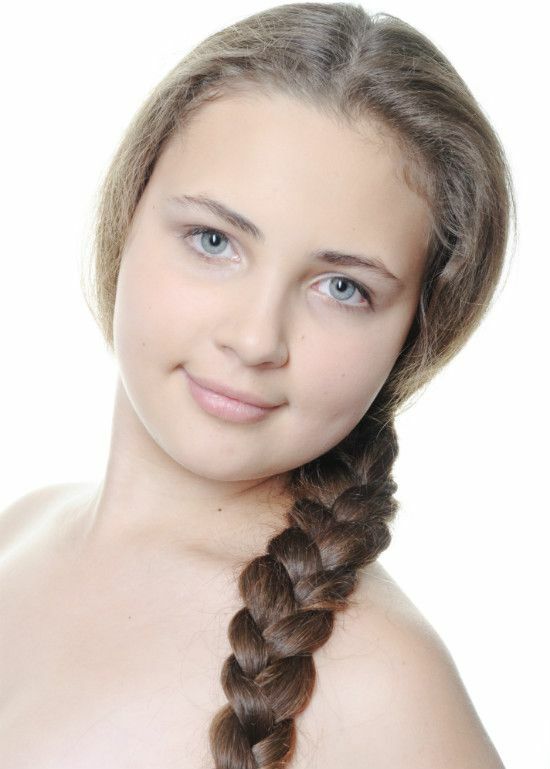
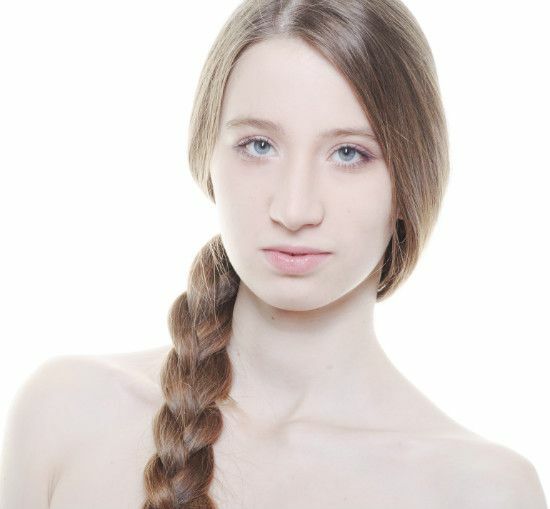
French braid
This variant can also be considered traditional, as it is used in many techniques of weaving braids. Hair from the top of the head is divided into three equal beams and braided according to the following scheme: first the left strand is thrown over the middle, then the same is done with the right strand. After each step, free lateral strands are joined to the spit, which join with the strands in the braid. The hair is braided to the very end and fixed with an elastic band.
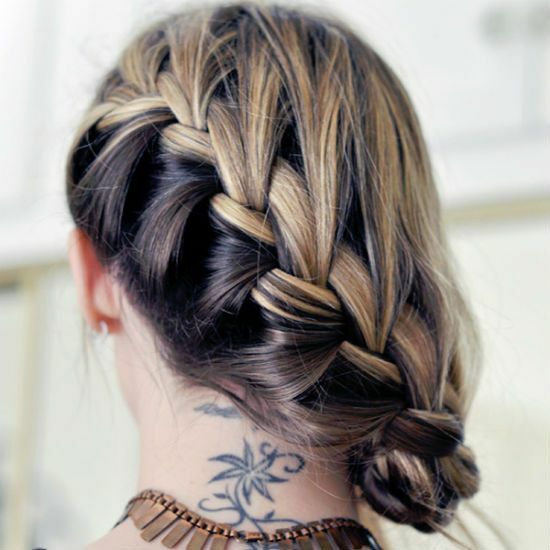
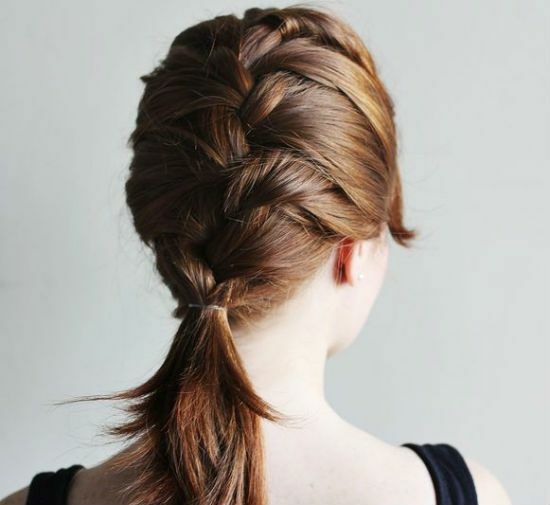
Fish tail
This kind of braid is also called a "spikelet".In this version, the entire mass of hair is combed back. Then thin strands are separated from both sides of the temples. The weave starts with the left strand, which gently spins over the right strand. Then, on both sides, a small part of the hair is added to the already existing strands and the weaving continues according to the prescribed pattern. Strands hold hands, tightly pressing them to the head, so that the braid turned out even.
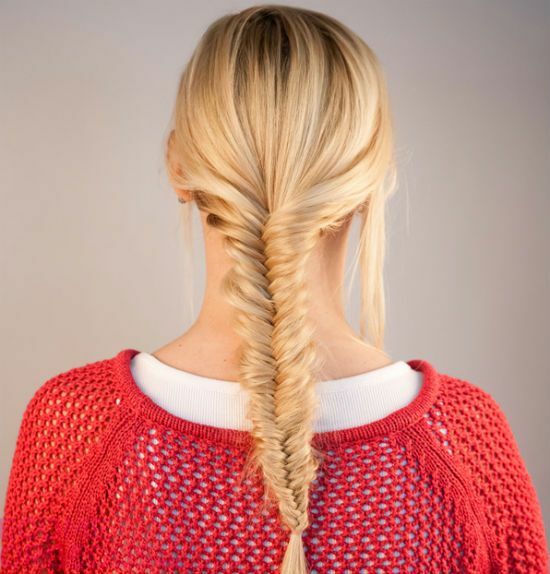
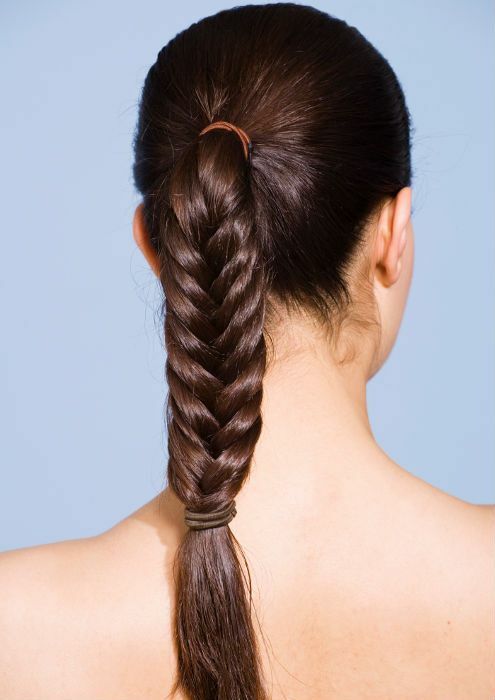
African braids
The homeland of this kind of braids is Egypt. They are woven in a classical way. Their difference is only in the number - African braids on the head can be numbered from one hundred to three hundred pieces. In braids of this kind, as a rule, weave a special material with which you can lengthen the hair. The main goal of the interweaving of artificial hair in African braids is to make them stronger and permanently retain the shape of the hairdo. This version of braids is kept on the head for up to three months. African braids are very small, so it is easy to form different hair styles, lift hair up or tie in the tail.
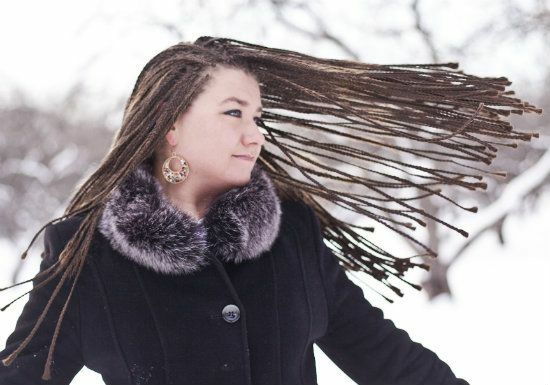
Spiral helix
Such braids are also called plaits. Weave them easily, but they look pretty elegant and attractive. Hair on the back of the head gathers into the tail, then divided into two or three parts. Each part is twisted in a tight spiral along the entire length of the hair. Twist the tourniquet clockwise. To make ready spirals not untwisted, they need to be fixed on the end with an elastic band. After twisting, the tows are intertwined as follows:
- if two are bundled, they must be simply twisted so that they wrap around each other;
- three plaits intertwine among themselves in the classical way in the form of a pigtail.
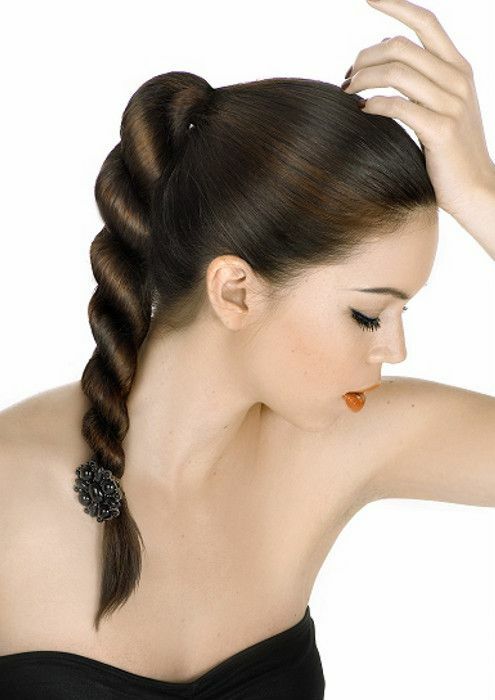
Greek spit
This type of braid flutters around the head. This technique is quite simple in execution. It is necessary to divide the hair into an oblique part in the form of a triangle - from the middle of the head to the left and right temple. The hair below need to be gathered in a bundle and stabbed. From the resulting triangle in the upper part of the head, separate the small strand from the left and divide it into three parts. Then begin to weave the classical braid from the left to the right ear, with each step weaving into the braid the remaining strands from below on the left side. Do the weaving to the right ear, gradually collecting all the strands of the separated part of the hair, at the end fasten with a small elastic band or a beautiful hair clip.

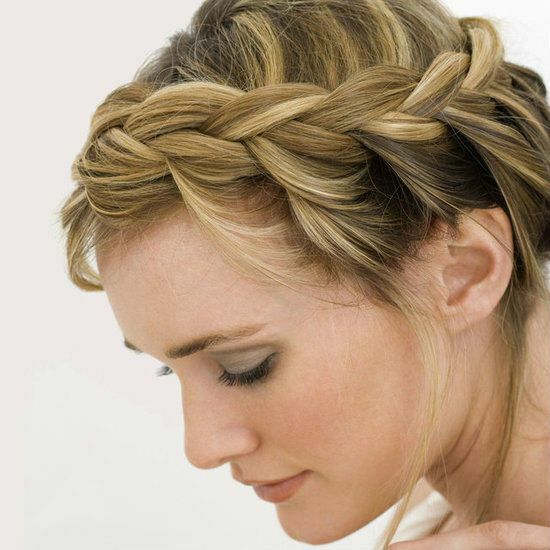
Spit waterfall
This kind of spit goes horizontally from temple to temple at the height of forehead level. The braid looks easy and a little careless, giving the image an airiness and romanticism. The pattern of weaving is as follows: one strand is separated from one's temple and is woven with two other classical methods, with each subsequent step one of the strands is released downward, and another strand from the top of the head is taken instead. The weaving continues to the temple on the opposite side. In the end, you need to fix the braid with a thin rubber band under the color of your hair. Thus, the released strands will form a "waterfall" on the head.
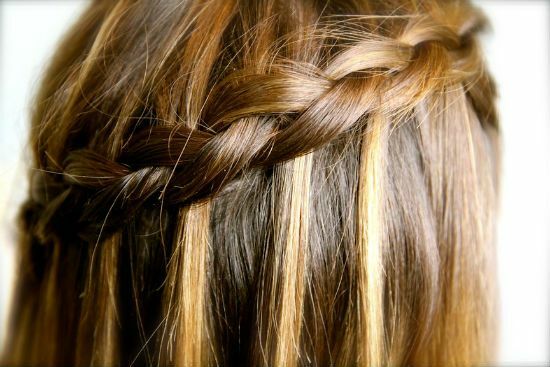
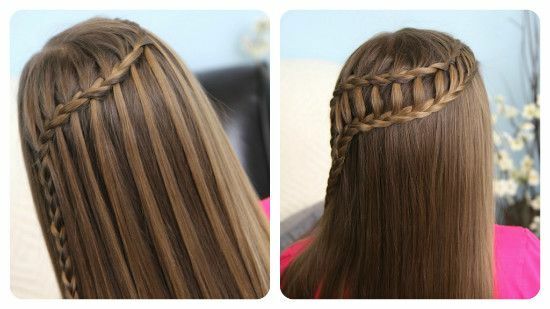
Openwork braid
In this case, any weaving technique can be taken as a basis. The difference of this option is only in the form of woven strands. After you have weaved a new strand in the braid, it needs to be slightly extended to make it appear larger. The finished braid looks like a lace, creating a festive and romantic image. This option is suitable for any solemn event. Often it is used as a wedding hairstyle. However, for braiding such a braid it is better to seek help from a master.
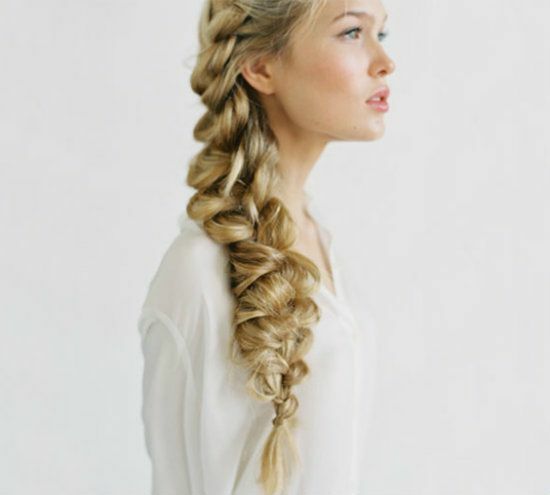
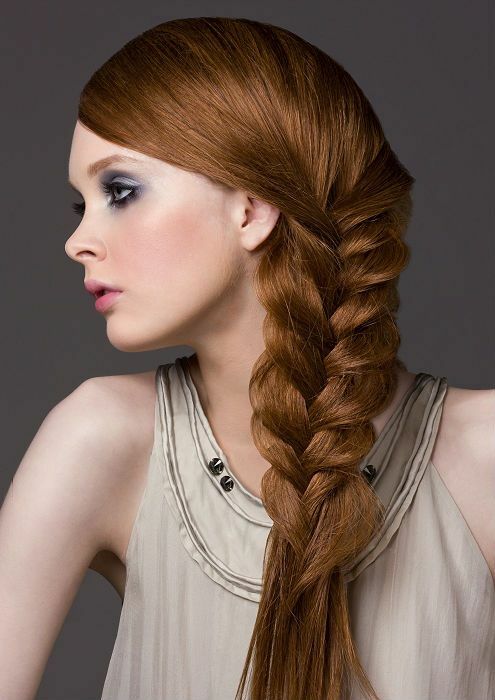
Danish braid
This is a very beautiful method of weaving braids, which requires training. Such a scythe is also called "reverse French".The technique of weaving the Danish spit is as follows: it is necessary to divide the hair into three strands and twist them together, but not overlapping each other as in the classical version, but placing each strand under the next. The weaving is carried out alternately, first the left strand is placed under the middle, then the same is done on the right. At the end of the braid is fixed with an elastic band. You can leave more loose hair, so that they give a natural hairstyle.
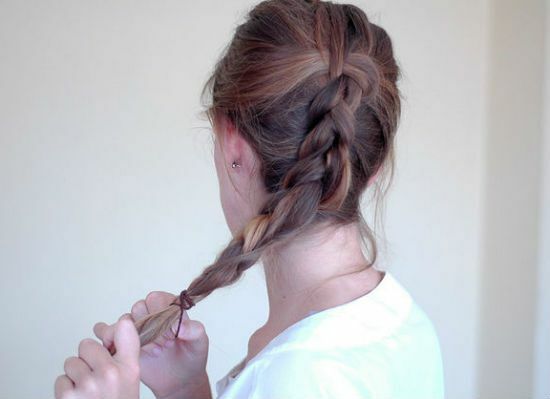

I am my mother's daughter, and the question of the hairstyle is very acute for us. Pigtails are a great option for every day.